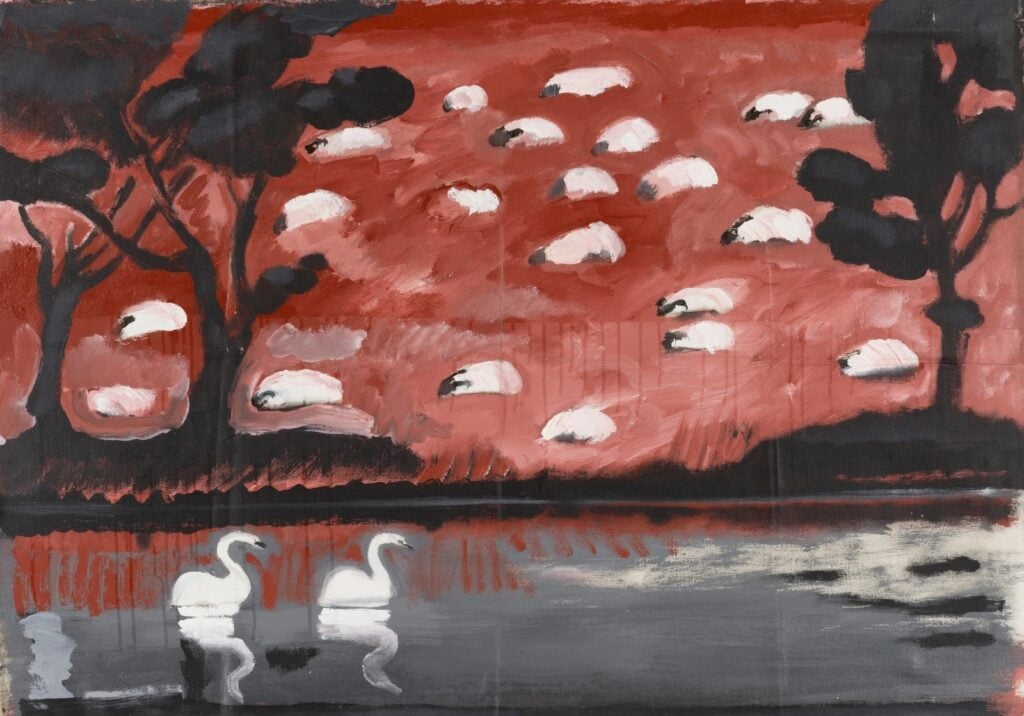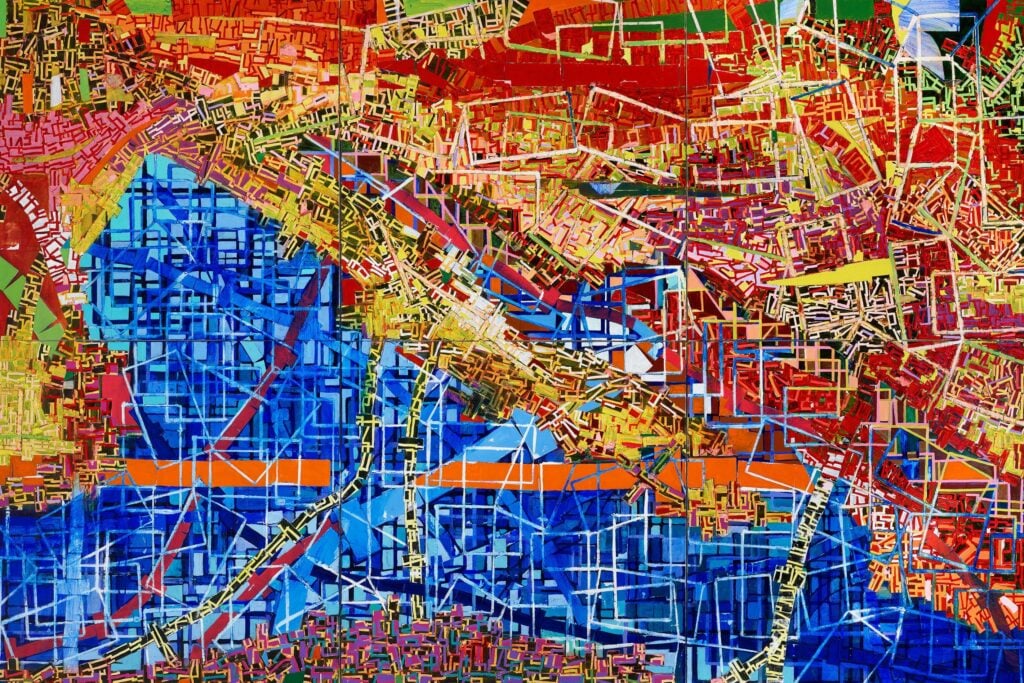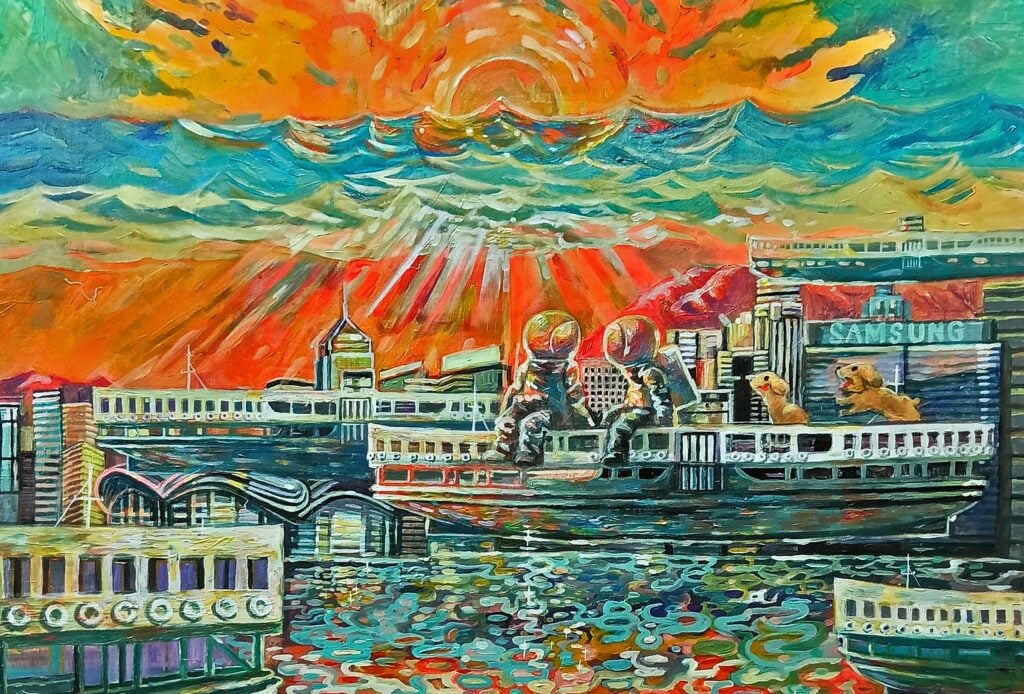
Lui Shou-kwan: Artist Teacher Scholar
25 September - 6 December
FreeEVENT DESCRIPTION
Alisan Fine Arts is proud to present Lui Shou-kwan: Artist Teacher Scholar, commemorating the 50th anniversary of Lui’s passing. This exhibition gathers around two dozen exemplary works across the key decades of the artist’s career from 1951 to 1972. A selection of archive materials on his teachings and writings will also be on display. Together with the publication of a book of the same title, this landmark exhibition aims to re-examine the discursive and wide-ranging influences of Lui through his three distinct, yet interconnected, identities: bold innovator, tireless educator and fierce scholar.
The Artist
Lui’s fierce advocacy for individuality marked his artistic innovation, prompting him to explore diverse vocabularies and styles while remaining rooted in Chinese ink painting. In the early years, Lui found time for painting between working as an inspector at the Hong Kong and Yaumatei Ferry Company and moonlighting as an art tutor. He captured the natural scenes of Hong Kong in en-plein-air sketches and landscape paintings. He experimented freely with different brush strokes, and between figuration and abstraction. Abstract—Xinmao Spring (1951) is one of the earliest examples of the artist’s exploration of abstraction.
The Teacher
As Lui gained more recognition in the burgeoning Hong Kong art scene in the late 1950s, he actively engaged with local and international art groups and began developing a system of pedagogy writing newspaper columns and formal teaching appointments. As an educator, Lui emphasized the importance of studying classical Chinese masterpieces. His study paintings, such as After Ren Bonian (1964) and After Shitao: Pines in Light Rain (1968), exemplify this commitment. Lui himself never abandoned studying and copying ancient masters, which, he believed, played a significant role in his continuous learning, teaching and self-actualisation.
The Scholar
Lui’s scholarly contributions are encapsulated in various published books and manuscripts, and copious amounts of personal notes and unpublished writing—some on display in this exhibition. Works like Landscape (1972), in which he articulates the fundamental principles of Chinese painting, are also clear demonstrations of his scholarly development. His inscription emphasizes the understanding of the dot and line in the creative process, advocating for individuality within the framework of traditional techniques.
Fifty years after his untimely death in 1975, his influence on Chinese art continues to expand. Lui championed personal expression and exploration, leaving a lasting impact on the evolution of ink painting. This exhibition stands as a testament to his enduring legacy.
Details
- Start:
- 25 September
- End:
- 6 December
- Admission:
- Free
- Event Category:
- Ink & Drawing, Painting


